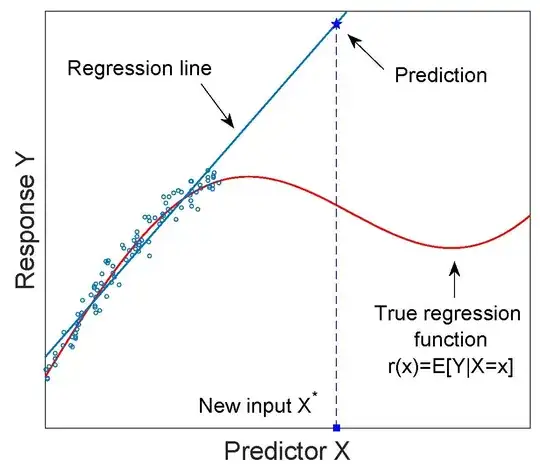I am trying to find the rate of change for the following points:
x=years
0
1
2
3
4
5
6
7
8
9
10
11
12
13
14
15
16
y=tuition fees
25430
26160
27230
28540
29910
31450
33000
33000
34290
35340
36640
37000
38650
40170
41820
43450
45320
These points are in order. No matter what I try, I have trouble finding the rate of increase. What I am trying to do is find the tuition fee if x was 17 and if x was 22. I am also looking for the x when y is 100000. What do I do to find the percentage for the rate of change and how do I find out the y value from the percentage? What is the line of best fit?
